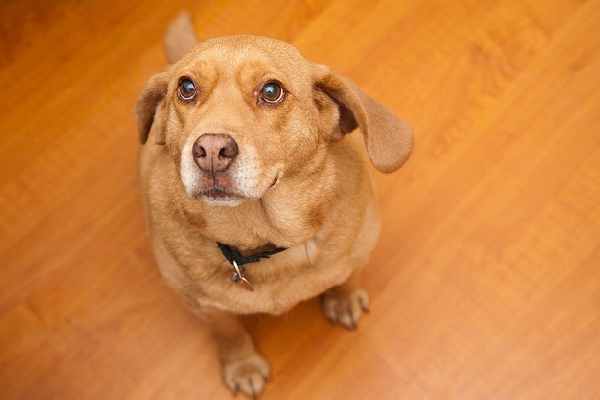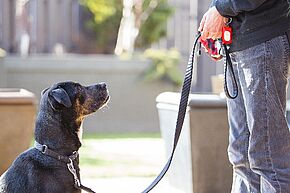Displacement Behaviors
Displacement behaviors are normal behaviors that indicate conflict or anxiety when they appear out of context. These behaviors are the first indication that your dog is uncomfortable or uncertain. Examples of displacement behaviors include:
- Licking lips when food is not present
- Sniffing the ground or a certain object
- Scratching when not itchy
- Looking or turning away
- Shaking from excitement, stimulation or adrenaline
- Moving slowly
- Yawning when not waking or when tired
Remember that displacement behaviors are behaviors that dogs do anyway so it is important to look at the context. Recognizing these signals gives us time to intervene and help the dog out of the stressful situation.
Stress Reactions
When a dog’s efforts to communicate conflict are not recognized or are misinterpreted, stress increases. At this point a dog may lose his ability communicate. The following physical stress reactions may occur:
- Freezing with a closed mouth
- Hackling (Piloerection)
- Panting
- Pupil dilation
- Whale or half-moon eye (white rim is visible around the eye)
- Trembling
- Sweating paws
Under extreme stress, a dog may feel the need to take action. He may growl, snarl, show his teeth and finally, lunge or bite.
It is important to recognize the signals or language of dogs so you can understand and respond correctly. Safe management involves helping your dog out of a stressful situation before an unwanted act occurs.


